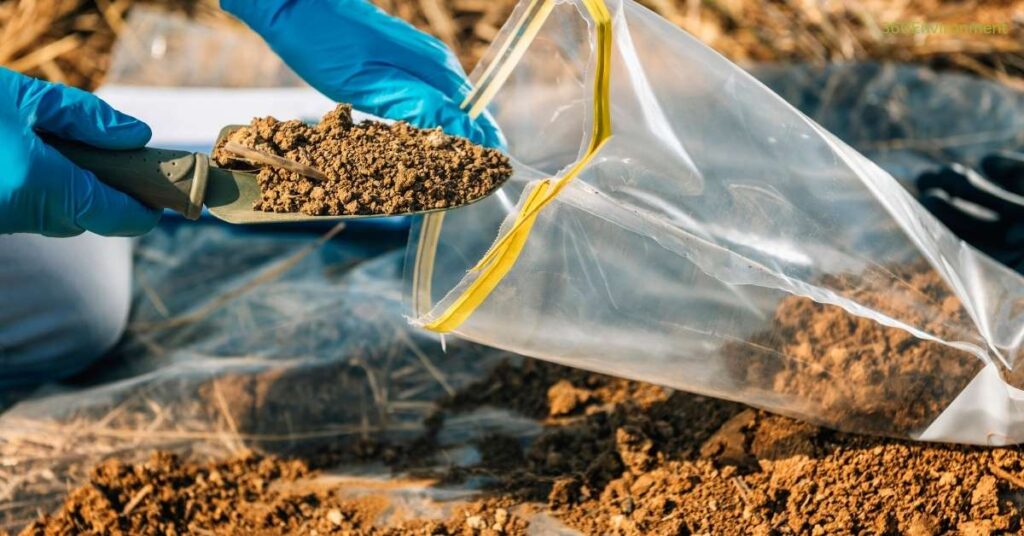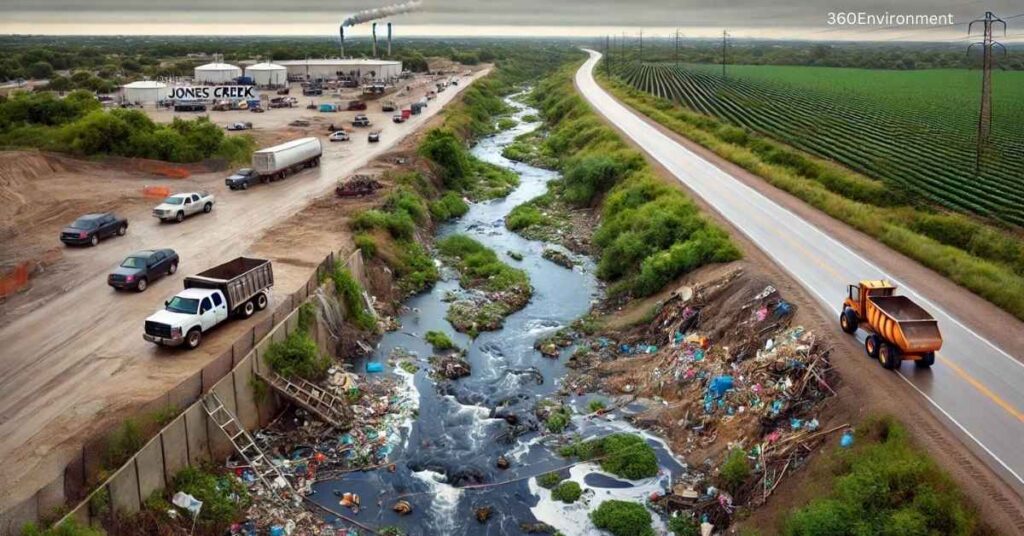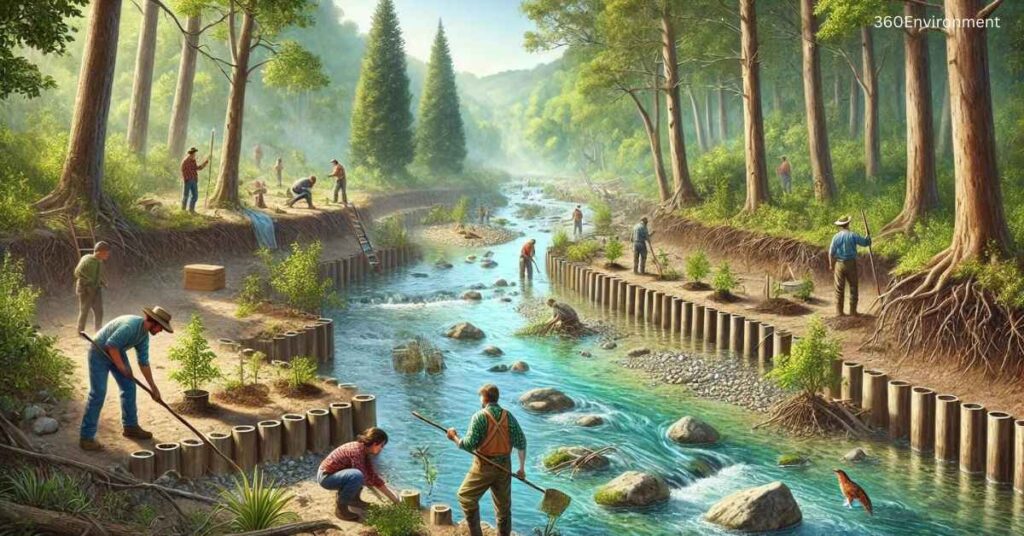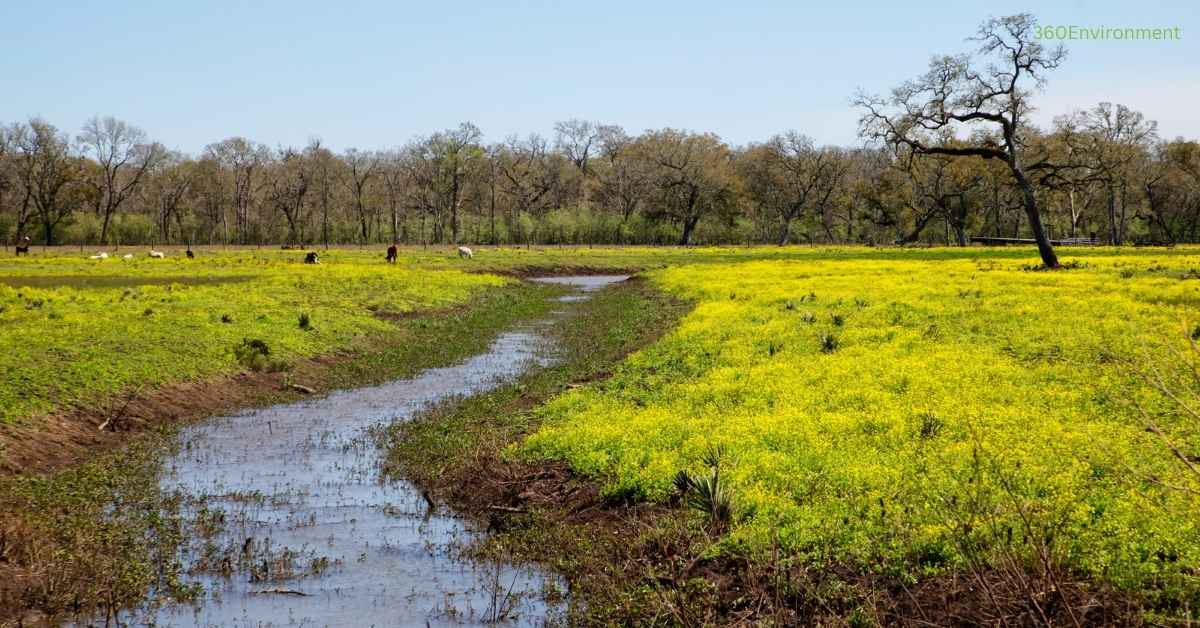Jones Creek, like many freshwater systems, plays a vital role in supporting biodiversity, regulating the local environment, and providing resources for human communities. From its origins in forested uplands to its journey through floodplains, wetlands, and human-impacted landscapes, Jones Creek’s ecological dynamics offer a snapshot of how freshwater systems function within larger ecosystems. The study of Jones Creek and its environmental niche involves understanding its physical, chemical, and biological interactions, as well as its importance in maintaining local and regional biodiversity.
In this article, we will explore the environmental niche of Jones Creek, its role in the ecosystem, its hydrological and geological dynamics, the biodiversity it supports, the human impacts that influence its health, and the conservation efforts necessary to ensure its sustainability. Through this examination, we can gain a clearer understanding of how Jones Creek exemplifies the critical role of freshwater systems in global ecology.
1. The Hydrological Characteristics of Jones Creek
Jones Creek is a freshwater stream, part of a larger watershed that likely spans several kilometers, influencing both upland and lowland ecosystems. The hydrology of Jones Creek is shaped by a combination of surface runoff, groundwater recharge, and rainfall patterns. These factors interact to regulate the creek’s water flow, seasonal variation, and overall health.

1.1. Source and Flow Patterns
The source of Jones Creek likely originates from natural springs or upland runoff, where precipitation and snowmelt gather in the upper reaches of the watershed. This headwater region is essential for controlling the flow downstream, as it provides a continuous supply of water, albeit influenced by seasonal changes. During heavy rainfall or spring snowmelt, the creek experiences increased flow, which can contribute to erosion, sediment transport, and changes in stream morphology.
As Jones Creek flows downstream, it may meander through forested areas, agricultural lands, and possibly even urbanized regions. Each of these zones affects the water quality and quantity differently. In forested headwaters, the stream’s flow tends to be slow and steady, providing habitat for aquatic organisms and contributing to groundwater recharge. However, as the creek moves into more developed or disturbed areas, changes in land use, such as agriculture or urbanization, can increase surface runoff, contributing to more erratic flow patterns and the potential for flooding.
1.2. Floodplain Dynamics
The floodplain of Jones Creek is an ecologically critical area, where periodic flooding during the wet season replenishes the surrounding soils, supports diverse plant species, and creates important habitats for wildlife. Floodplains are also vital for mitigating floods by absorbing excess water during peak flow periods. The interaction between the creek and its floodplain is one of mutual dependence; the creek deposits nutrient-rich sediments that enhance soil fertility, while the floodplain helps moderate the flow and reduce erosion.
Floodplains also serve as natural water filters, removing pollutants and sediments before they can reach larger water bodies. This function is crucial for maintaining water quality in Jones Creek and preventing downstream pollution.
1.3. Groundwater Interaction
Jones Creek is likely influenced by groundwater dynamics, particularly in its headwaters and along its floodplain. Groundwater seeps into the creek from surrounding aquifers, contributing to base flow, especially during dry periods. Conversely, the creek can recharge groundwater in certain areas, depending on the permeability of the underlying soil and rock layers. This interaction plays a significant role in maintaining water levels throughout the year, even during periods of low rainfall.
Groundwater recharge areas, typically located in porous soils or permeable bedrock, are essential for sustaining the flow of Jones Creek. These recharge areas help maintain the delicate balance between water input and output, ensuring a stable water supply for both ecological and human uses.
2. The Geology and Soil of Jones Creek
The geological and soil composition of the Jones Creek watershed shapes its hydrology, vegetation, and ability to support life. The interaction between water, soil, and rock influences erosion rates, sediment transport, and nutrient availability, all of which affect the health of the stream and its surrounding ecosystems.

2.1. Geological Substrate
The geological substrate beneath Jones Creek consists of various rock types that influence the flow and behavior of water. In regions where the creek runs over resistant bedrock, such as granite or sandstone, the stream tends to have steeper gradients, faster flow rates, and the potential for waterfalls or rapids. In contrast, where the creek flows over softer sedimentary rock, such as shale or limestone, it may exhibit a gentler gradient, more meandering channels, and slower flow.
The presence of limestone or other calcium-rich rocks can also influence the water chemistry of Jones Creek, contributing to slightly alkaline conditions. This alkalinity can support specific aquatic organisms that thrive in such environments, adding to the biological diversity of the creek.
2.2. Soil Composition and Erosion
The soil surrounding Jones Creek is likely a mixture of clay, silt, sand, and organic matter, each contributing to the creek’s ecological functions. Sandy soils, for example, allow for greater infiltration of water, aiding in groundwater recharge and reducing surface runoff. In contrast, clay-rich soils can lead to reduced infiltration and increased surface water flow, which can exacerbate erosion and sediment deposition in the stream.
Soil erosion is a significant concern for any freshwater system. Erosion can be driven by natural factors, such as heavy rainfall or steep slopes, but it can also be exacerbated by human activities, such as deforestation, agriculture, or construction. Sediment from erosion can smother aquatic habitats, reduce water quality, and disrupt the balance of nutrients in the creek. The management of erosion through vegetation cover, buffer zones, and sustainable land-use practices is essential for maintaining the health of Jones Creek.
3. Biodiversity and Ecological Interactions in Jones Creek
Jones Creek, like other freshwater ecosystems, supports a rich array of biodiversity, including plants, animals, and microorganisms. The interactions between these organisms create a dynamic and interconnected food web that sustains both aquatic and terrestrial species. The ecological importance of Jones Creek extends beyond its immediate boundaries, influencing nearby ecosystems and contributing to regional biodiversity.

3.1. Aquatic Ecosystems
The aquatic ecosystem within Jones Creek is likely home to a variety of fish species, amphibians, invertebrates, and plant life. These organisms rely on the stream’s water quality, flow rate, and habitat complexity for survival.
- Fish species: Depending on the size and flow of the creek, Jones Creek may support both cold-water and warm-water fish species. Cold-water species such as trout may thrive in the upper reaches of the creek, where water is cooler and well-oxygenated. In lower, slower-moving sections, warm-water species such as bass or sunfish may dominate. These fish play important roles as both predators and prey within the creek’s ecosystem, influencing the distribution and abundance of invertebrates and other organisms.
- Invertebrates: Aquatic invertebrates, such as insects, mollusks, and crustaceans, form the base of the food web in Jones Creek. Species like mayflies, stoneflies, and caddisflies are indicators of good water quality, as they are sensitive to pollution and habitat disturbance. These invertebrates provide a critical food source for fish, amphibians, and birds.
- Amphibians and reptiles: Frogs, salamanders, and turtles are common inhabitants of freshwater ecosystems like Jones Creek. Amphibians are especially sensitive to changes in water quality, as they have permeable skin that absorbs toxins and pollutants. These species play important roles in controlling insect populations and serving as prey for larger predators.
3.2. Riparian Vegetation
The riparian zone, or the area of land adjacent to Jones Creek, is home to a diverse array of plant species that provide essential ecosystem services. Riparian vegetation stabilizes stream banks, reduces erosion, filters pollutants from runoff, and provides habitat for wildlife.
- Tree species: Trees such as willows, alders, and cottonwoods are commonly found along the banks of freshwater streams like Jones Creek. These trees provide shade that regulates water temperature, creating suitable conditions for aquatic organisms. Their roots help anchor soil, reducing erosion and sedimentation in the stream.
- Shrubs and grasses: Beneath the canopy of riparian trees, a variety of shrubs, grasses, and herbaceous plants thrive in the moist, nutrient-rich soils of the floodplain. These plants provide food and shelter for terrestrial species, while also contributing organic matter to the stream, which supports aquatic food webs.
3.3. Wildlife Habitat
Jones Creek and its surrounding riparian zone provide critical habitat for a wide range of wildlife species. Birds, mammals, and insects all rely on the resources provided by the creek for food, shelter, and reproduction.
- Bird species: Riparian areas are particularly important for birds, which use these habitats for nesting, foraging, and migration. Species such as kingfishers, herons, and warblers are commonly associated with freshwater streams like Jones Creek. These birds rely on the abundance of fish, insects, and other prey found in and around the creek.
- Mammals: Small mammals, such as beavers, muskrats, and otters, may inhabit the banks of Jones Creek, where they build dens, forage for food, and raise their young. Larger mammals, such as deer and bears, may also visit the creek to drink water, forage for plants, or hunt prey.
4. Human Impacts on Jones Creek
Like many freshwater ecosystems, Jones Creek is subject to various human impacts that can influence its health and ecological integrity. These impacts include land-use changes, pollution, and water extraction, all of which have the potential to alter the physical and biological characteristics of the creek.

4.1. Urbanization and Agriculture
Urbanization and agriculture are two of the most significant land-use changes that can affect freshwater systems like Jones Creek. Urbanization often leads to the development of impermeable surfaces, such as roads, parking lots, and buildings, which reduce the infiltration of water into the ground and increase surface runoff. This runoff can carry pollutants, such as oil, heavy metals, and chemicals, into the creek, degrading water quality and harming aquatic life.
Agriculture can also have negative impacts on Jones Creek, particularly if fertilizers, pesticides, and herbicides are used excessively. These chemicals can leach into the creek during rainfall, causing nutrient pollution that leads to eutrophication—an overgrowth of algae and aquatic plants that depletes oxygen levels and harms aquatic organisms.
4.2. Water Extraction and Diversion
In regions where freshwater resources are scarce, water extraction and diversion for agricultural, industrial, or municipal use can significantly reduce the flow of Jones Creek. Reduced flow can lead to a host of ecological problems, including higher water temperatures, lower oxygen levels, and reduced habitat availability for aquatic species. In extreme cases, water diversion can cause sections of the creek to dry up completely, disrupting the ecosystem and endangering species that depend on the stream for survival.
4.3. Pollution and Habitat Destruction
Pollution from industrial sources, agricultural runoff, and human waste can severely degrade the water quality of Jones Creek. Common pollutants include heavy metals, pesticides, fertilizers, and untreated sewage, all of which can have detrimental effects on aquatic life. Habitat destruction, such as deforestation, wetland drainage, and stream channelization, further reduces the ability of the creek to support biodiversity and regulate its natural functions.
5. Conservation and Restoration Efforts for Jones Creek
Recognizing the ecological importance of Jones Creek, conservation and restoration efforts are essential for protecting and restoring its environmental niche. These efforts focus on improving water quality, restoring habitat, and enhancing the resilience of the ecosystem in the face of human and environmental pressures.

5.1. Riparian Buffer Zones
One of the most effective conservation strategies for protecting Jones Creek is the establishment of riparian buffer zones. These buffer zones consist of strips of vegetation along the creek’s banks that help filter pollutants, stabilize soil, and provide habitat for wildlife. By planting native trees, shrubs, and grasses in these areas, landowners can reduce erosion, improve water quality, and enhance the ecological health of the creek.
5.2. Stream Restoration Projects
Stream restoration projects aim to restore the natural flow patterns, habitat complexity, and ecological functions of Jones Creek. These projects often involve replanting vegetation, removing barriers such as dams or culverts, and reshaping the stream channel to reduce erosion and improve water flow. In some cases, restoration efforts may also include the reintroduction of native species, such as fish or amphibians, to restore ecological balance.
5.3. Pollution Reduction Initiatives
Efforts to reduce pollution in Jones Creek focus on minimizing the input of harmful chemicals, nutrients, and waste into the waterway. This can be achieved through improved agricultural practices, such as reducing the use of fertilizers and pesticides, as well as implementing better waste management systems in urban areas. Public education campaigns can also raise awareness about the importance of keeping pollutants out of freshwater systems and encourage individuals to take action to protect their local streams and rivers.
Conclusion
Jones Creek represents a microcosm of the broader ecological dynamics that define freshwater ecosystems. Its environmental niche is shaped by hydrological, geological, and biological factors, as well as human activities that can either enhance or degrade its health. By understanding the complex interactions that occur within Jones Creek and the role it plays in supporting biodiversity, regulating water flow, and maintaining ecosystem services, we can better appreciate the importance of conserving and restoring this vital natural resource. Through sustainable management practices and targeted conservation efforts, we can ensure that Jones Creek continues to thrive for future generations.
Read More: Wind Shake in Oak: Understanding Its Causes and Impacts

